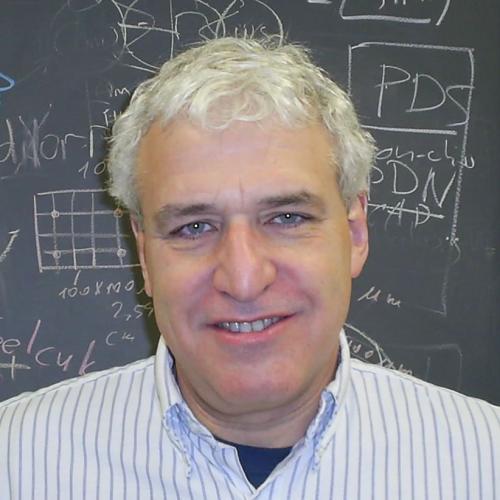Unified Logical Effort—A Method for Delay Evaluation and Minimization in Logic Paths with RC Interconnect
paper Menu
The unified logical effort (ULE) model for delay evaluation and minimization in paths composed of CMOS logic gates and resistive wires is presented. The method provides conditions for timing optimization while overcoming the limitations of standard logical effort (LE) in the presence of interconnects. The condition for optimal gate sizing in a logic path with long wires is also presented. This condition is achieved when the delay component due to the gate input capacitance is equal to the delay component due to the effective output resistance of the gate. The ULE delay model unifies the problems of gate sizing and repeater insertion: In the case of negligible interconnect, the ULE method converges to standard LE optimization, yielding tapered gate sizes. In the case of long wires, the solution converges toward uniform sizing of gates and repeaters. The technique is applied to various types of logic paths to demonstrate the influence of wire length, gate type, and technology.
A. Morgenshtein, E. G. Friedman, R. Ginosar and A. Kolodny, "Unified Logical Effort—A Method for Delay Evaluation and Minimization in Logic Paths With $RC$ Interconnect," in IEEE Transactions on Very Large Scale Integration (VLSI) Systems, vol. 18, no. 5, pp. 689-696, May 2010, doi: 10.1109/TVLSI.2009.2014239.

